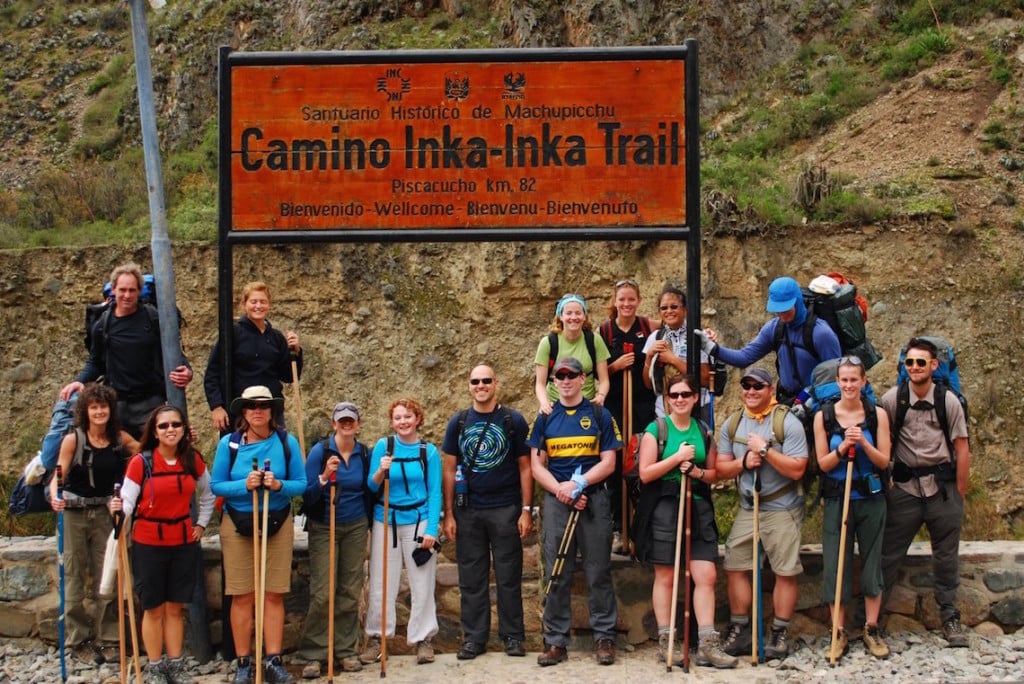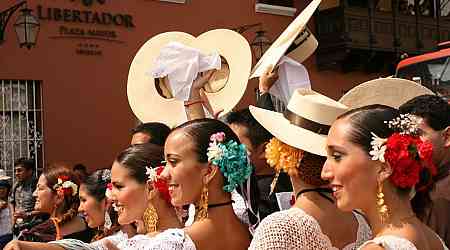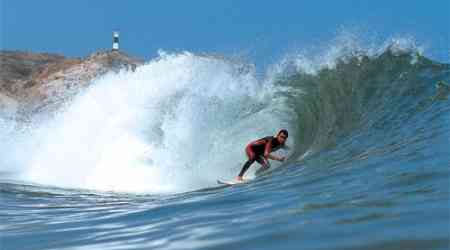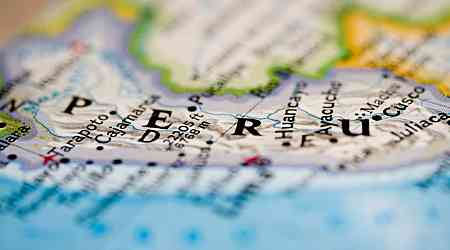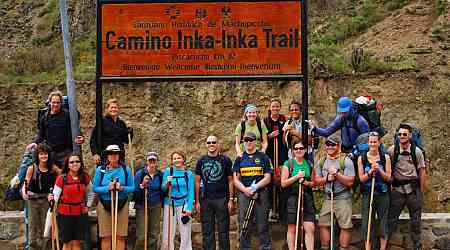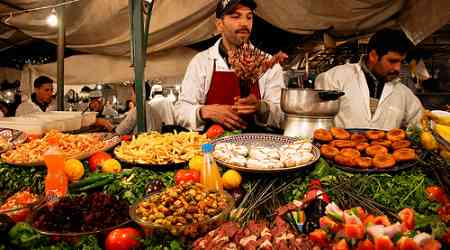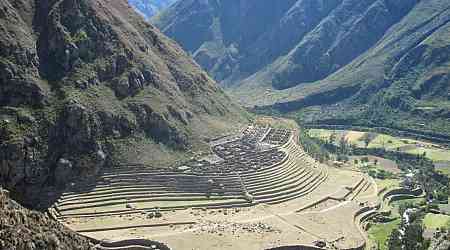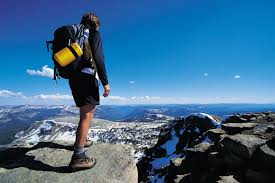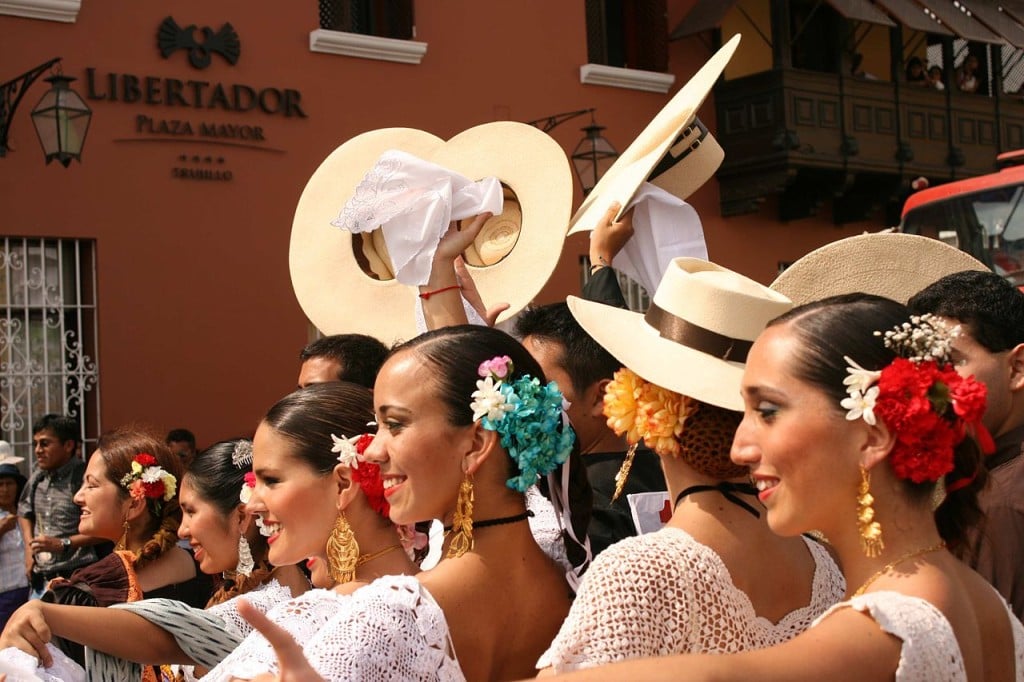So you've decided to hike Machu Picchu? Well great! There's no doubt that you're in for the experience of a lifetime. However, the truth of the matter is that now you've got some additional decisions to make. You see, there's more than one route to arrive to the world-famous Inca site, and even once you've arrived there are a few choices to make as well.
But don't fret! If you're looking to hike Machu Picchu, we've got the information you need to start planning your trip.
Hike Machu Picchu: Arriving to the Site 1. Classic Inca Trail
The Classic Inca Trail is a four-day trek stretching some 42 kilometers along an ancient road built by the Incas themselves. This is undoubtedly the most famous route to Machu Picchu, and it's the one way that offers the opportunity to enter the city through its storied Sun Gate. Frankly, we've got tons of information on the Inca Trail on other pages of our site, so we won't waste too much space being redundant here. Check out these pages for more information on the trail's itinerary as well as for access to an Inca Trail map.
2. One-Day Inca Trail
Whether you're crunched for time or simply don't feel physically up to four full days of trekking, don't fret--a small taste of the world-famous Inca Trail is still available to you! A number of tour companies offer an abridged version of the trek, either one full day of hiking or a shortened day followed by a night of camping and a dawn arrival at Machu Picchu. Besides the Inca Trail's famed destination, the one-day version of the trek also takes you past Wiñay Wayna, another favorite ruins along the trail. The bad news here is that you'll still need to reserve one of only a few hundred daily Inca Trail passes, meaning that, just like the full Inca Trail, you'll need to book this trek months in advance.
3. Lares Trail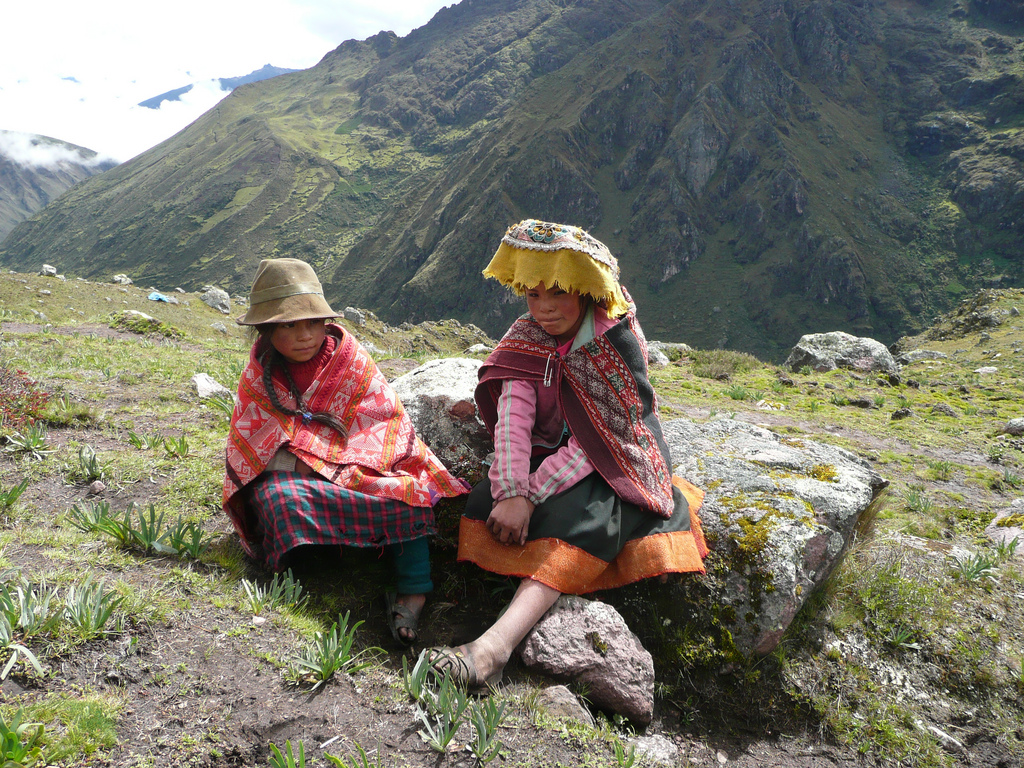
Just north of the world-famous Sacred Valley sits the comparatively lesser-known Lares Valley, and whereas the former can be swarmed with tourists especially during the high season, life in the Lares Valley continues humming along relatively unchanged. So whether you're looking for a simpler, more culturally-immersive experience or if you just didn't book an Inca Trail pass in time, the Lares Trail is an excellent option! Lucky for you, we've already gathered plenty of information on the Lares Trail including the trek's daily itinerary and a side-by-side comparison of the Lares and Inca Trails if you're struggling to decide how to hike Machu Picchu.
4. Vilcabamba Traverse Route
Warning--this option is neither for the faint of heart nor the out of shape! The Vilcabamba Traverse Route is one of the newest on the Peru trekking circuit, clocking in at nearly 100 kilometers over the course of a week of trekking. Though very difficult, the route is especially rewarding--think a variety of diverse biomes and the ruins of Choquequirao, often compared to Machu Picchu although less than 40% of the site has been excavated (pictured above). Though visited by only 5,000 or so brave trekkers last year, be warned--the local government is pushing a plan to build a cable car to the site! If you want to see the ruins in their current, undisturbed state, it would be best to go sooner than later.
Hike Machu Picchu: Once You're There 5. Huayna Picchu
Just because you've finally arrived at Machu Picchu doesn't mean your hiking experience has to end! The famous mountain soaring in the background of most iconic Machu Picchu photos is possible to hike, and the experience is certainly recommended. The views from the top are great, and on the way down you can even take a back route to the storied Temple of the Moon. For more information on Huayna Picchu, you can check out this past post on our site.
So that's it for today! If you're planning to hike Machu Picchu and have any questions you'd like to ask us, feel free to reach out in the comments section below. And, if you've already done one of these hikes, feel free to share your experience as well. We appreciate all of your comments!The post Hike Machu Picchu: Routes to Get There and Hikes to Enjoy on Site appeared first on IncaTrail.info.


















